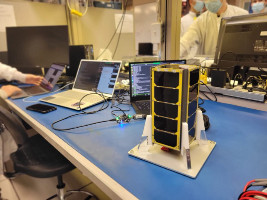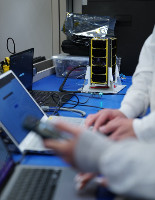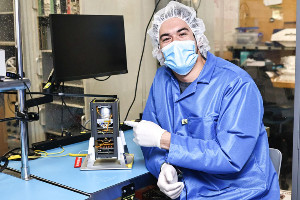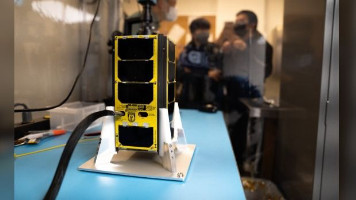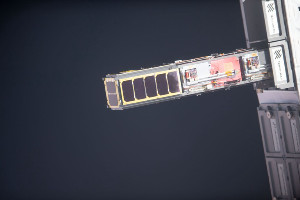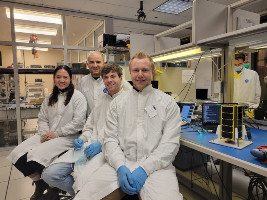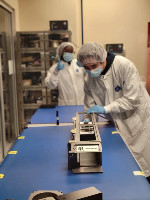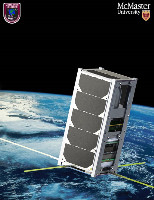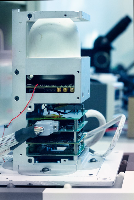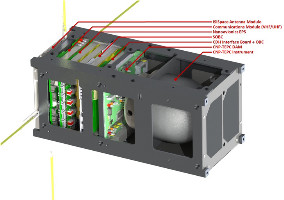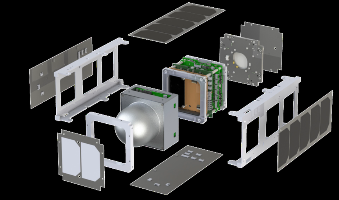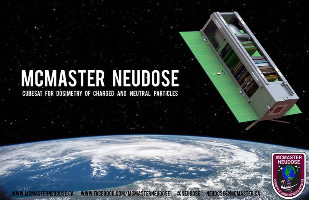| Name | NEUDOSE ( NEUtron DOSimetry & Exploration) |
|---|---|
| Spacecraft type | CubeSat |
| Units or mass | 2U |
| Status | Reentry 2023-11-29. Was operational until 2023-04-24, 1 day? (Reports on SatNOGS dashboard but not after 2023-04-24 last checked 2023-12-21) |
| Launched | 2023-03-14 |
| NORAD ID | 56315 |
| Deployer | NRCSD (NanoRacks CubeSat Deployer) [Quad-M] |
| Launcher | Falcon 9 (CRS-27) |
| Deployment | Deployed from ISS on 2023-04-23 |
| Entity name | McMaster University |
| Institution | University |
| Entity type | Academic / Education |
| Country | Canada |
| Partners | Mohawk College, Bubble Technology Industries, NASA Goddard Space Flight Center |
| Oneliner |
Investigates radiation doses that astronauts would experience during extravehicular activities (EVAs). |
| Description |
Investigates the types of radiation doses that astronauts would experience during extravehicular activities (EVAs) while in low earth orbit. The Tissue Equivalent Proportional Counter (TEPC) being constructed as a part of this exploration will be the first of its kind; separating the radiation dose from charged and neutral particles. The primary scientific objective of NEUDOSE is to characterize the space ionizing radiation environment in low Earth orbit (LEO) by providing new measurements of space radiation quality factors. Measurements of space radiation quality factors are critically needed to improve the accuracy of cancer risk projections and to provide guidance for radiobiological research. In doing so, NEUDOSE will also contribute to the global goal of sending humans to Mars by reducing the uncertainties in space radiation cancer risk predictions. EUDOSE will also advance the technology readiness level (TRL) of the Charged & Neutral Particle Tissue Equivalent Proportional Counter (CNP-TEPC), along with our McMaster University in-house designed radiation tolerant Flight Computer, Mechanical Structure and Amateur Communication Radio. The CNP-TEPC is the primary science payload and is currently being designed to fit within 1 U (10x10x10 cm3) of volume, such that it can also potentially fit on the Extravehicular backpack carried by astronauts during spacewalks. The CNP-TEPC has the potential to revolutionize the way we characterize radiation risk by enabling detailed measurement of the actual radiation field incident on each individual crew member, on a particle-by-particle basis, and in real-time. This has never been done before. |
| Notes |
One of 15 winners of Canadian CubeSat Project. |
| Sources | [1] [2] [3] [4] [5] [6] [7] |
| Photo sources | [1] [2] [3] [4] [5] [6] |
| COTS subsystems |
|
| Subsystems sources | [1] [2] |
| COTS compoments |
|
| Components sources | [1] [2] |
| On the same launch |
Last modified: 2024-12-14
